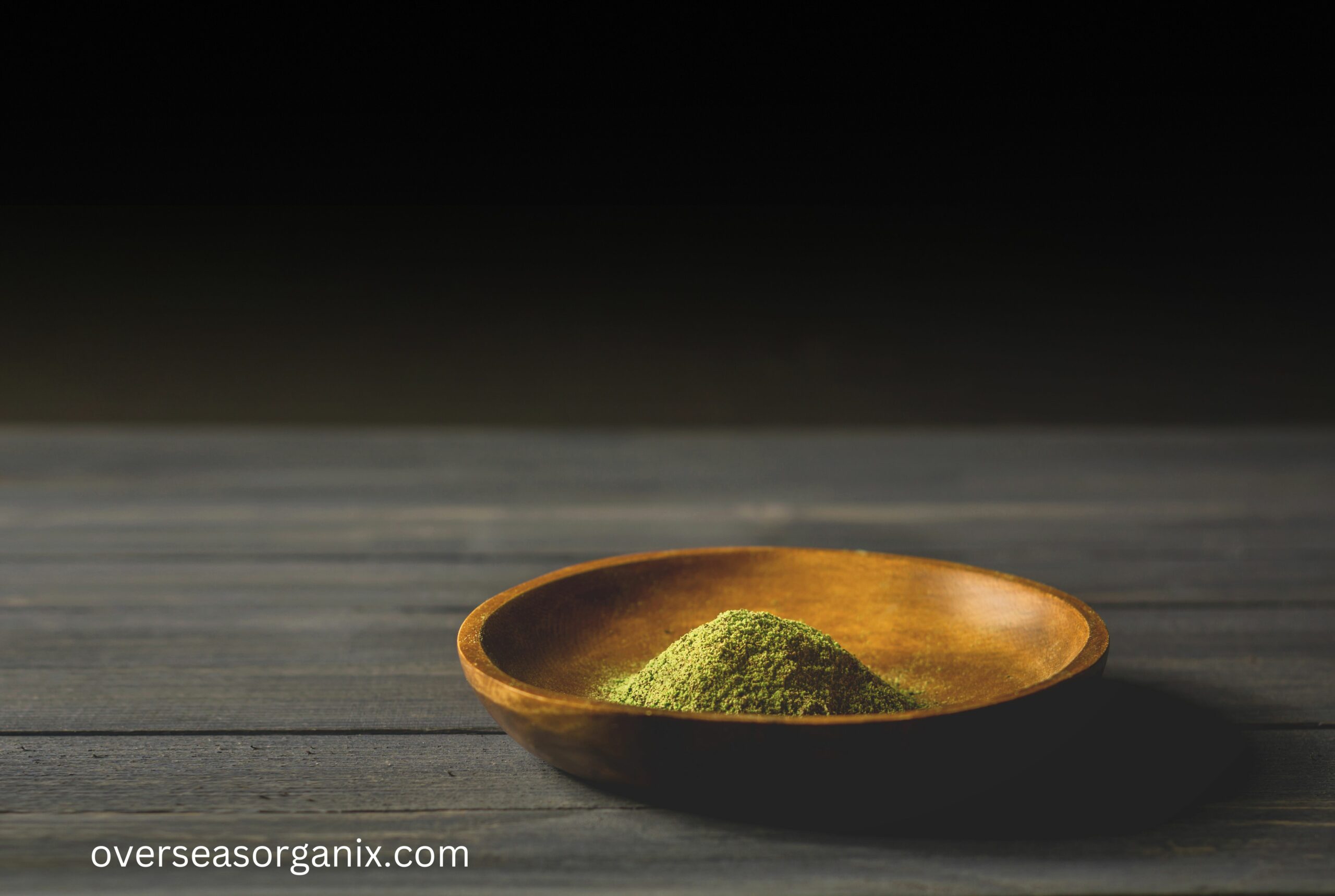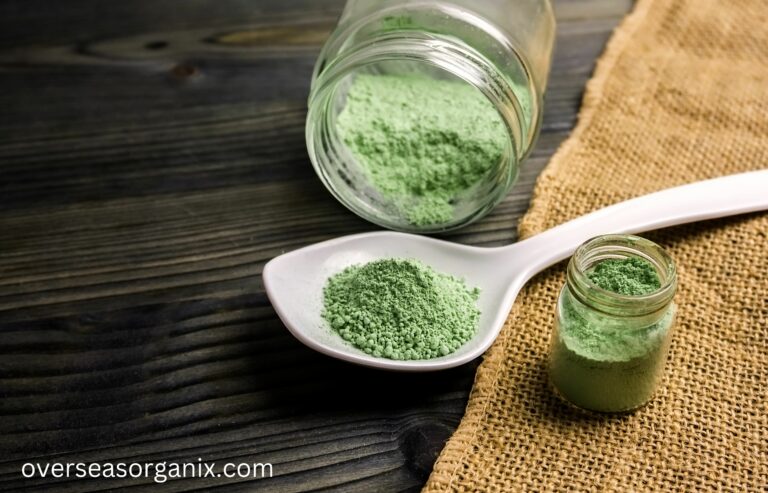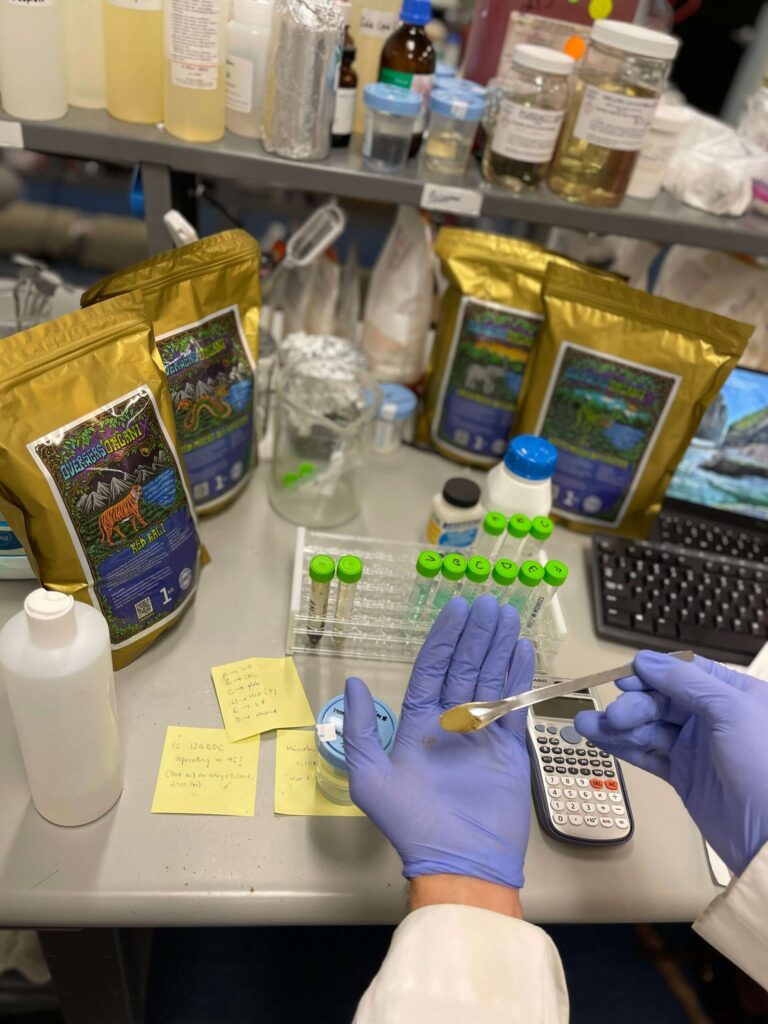No products in the cart.
Alkaloids: Exploring Kratom’s Therapeutic Potential
Alkaloids are considered its primary active ingredients, contributing to its medicinal and psychoactive properties. Kratom, scientifically identified as Mitragyna speciosa, is a tropical tree indigenous to Southeast Asia, specifically Thailand, Malaysia, Indonesia, and Papua New Guinea. While the entire plant contains various compounds, Understanding the role of alkaloids in the kratom plant is crucial for comprehending its effects and potential benefits.
Introduction to Kratom Plant
Before delving into the specifics of alkaloids, it’s essential to grasp the basics of the kratom plant itself. Traditionally used by indigenous populations for centuries, kratom leaves have gained popularity globally for their potential therapeutic effects. The plant’s leaves contain numerous bioactive compounds, with alkaloids being the most studied and impactful.
What are Alkaloids?
Alkaloids represent a broad array of naturally derived organic substances present in a variety of plants, fungi, and animals. They often exhibit pharmacological effects on humans and other organisms, with properties ranging from analgesic to stimulant and beyond. In kratom, alkaloids play a pivotal role in producing its sought-after effects.
Alkaloids in Kratom
Kratom contains over 40 different alkaloids, but two primary compounds dominate its composition: mitragynine and 7-hydroxymitragynine. These alkaloids interact with opioid receptors in the brain, influencing mood, pain perception, and energy levels.
Mitragynine
Mitragynine is the most abundant alkaloid in kratom leaves, constituting up to 66% of the plant’s alkaloid content. It acts as a partial agonist at the mu-opioid receptors, producing analgesic and euphoric effects. Additionally, mitragynine exhibits stimulant properties at lower doses, making it a versatile compound with potential therapeutic applications.
7-Hydroxymitragynine
While present in smaller quantities compared to mitragynine, 7-hydroxymitragynine is considered highly potent. It possesses analgesic properties and plays a significant role in modulating the plant’s overall effects. Despite its lower abundance, 7-hydroxymitragynine contributes significantly to kratom’s pharmacological profile.
Other Alkaloids Found in Kratom
In addition to mitragynine and 7-hydroxymitragynine, kratom contains trace amounts of various other alkaloids. While their specific effects are less understood, they may contribute to the overall physiological response experienced by users.
Health Benefits of Alkaloids in Kratom
The alkaloids present in kratom offer several potential health benefits, including:
- Pain relief: Mitragynine and 7-hydroxymitragynine have analgesic properties, making kratom a natural alternative for managing chronic pain.
- Mood enhancement: Kratom alkaloids can elevate mood and promote feelings of well-being, potentially aiding in the management of mood disorders like depression and anxiety.
- Energy boost: At lower doses, kratom alkaloids exert stimulating effects, increasing alertness and energy levels without the jitters associated with caffeine.
Potential Risks and Side Effects
Despite its therapeutic potential, kratom consumption carries certain risks, including:
- Dependency and addiction: Prolonged use of kratom may lead to dependence and addiction, particularly with higher doses or frequent use.
- Adverse effects: Common side effects of kratom include nausea, constipation, dizziness, and insomnia. In rare cases, more severe adverse reactions may occur.
Regulatory Status and Legality
The legal status of kratom varies worldwide, with some countries banning its sale and consumption due to concerns about its safety and abuse potential. In regions where it remains legal, kratom is often regulated to ensure quality control and consumer safety.
Research and Studies
Despite the growing interest in kratom and its alkaloids, scientific research on its effects and safety profile is still limited. However, recent studies have shed light on its potential therapeutic applications and mechanisms of action, providing valuable insights for future investigations.
Dosage and Safety Guidelines
To minimize the risk of adverse effects and dependency, it’s crucial to adhere to recommended dosage guidelines when using kratom. Start with low doses and gradually increase as needed, and avoid consuming kratom alongside other substances, especially alcohol or opioids.
Methods of Consumption
Kratom can be consumed in various forms, including:
- Traditional methods: Chewing fresh leaves or brewing them into teas are traditional methods of kratom consumption in Southeast Asia.
- Modern methods: Kratom powder, capsules, and extracts are popular options for convenient and precise dosing in Western countries.
Alkaloids and Traditional Medicine
In its native regions, kratom has a long history of use in traditional medicine practices. Indigenous cultures utilize kratom leaves for their analgesic, stimulant, and mood-enhancing properties, incorporating them into rituals and ceremonies.
Controversies Surrounding Kratom and Alkaloids
The legality and safety of kratom have sparked debates and controversies worldwide. While proponents advocate for its therapeutic potential and natural origins, opponents raise concerns about its addictive nature and potential for abuse. Striking a balance between access to kratom for legitimate medical purposes and preventing misuse remains a challenge for policymakers and healthcare professionals.
Conclusion
Alkaloids are the backbone of the pharmacological effects observed in the kratom plant. Mitragynine and 7-hydroxymitragynine, along with other trace alkaloids, contribute to its diverse range of effects, from pain relief to mood enhancement. While kratom holds promise as a natural alternative for managing various health conditions, cautious use and further research are necessary to fully understand its benefits and risks.
Frequently Asked Questions (FAQs)
The legality of kratom differs depending on the country and region. While some places have banned its sale and use, others permit it for medicinal or recreational purposes.
Some anecdotal evidence suggests that kratom may alleviate opioid withdrawal symptoms, but more research is needed to confirm its efficacy and safety for this purpose.
Prolonged kratom use may lead to dependence, addiction, and potential adverse health effects. It’s essential to use kratom responsibly and in moderation.
The optimal method of kratom consumption depends on personal preference and desired effects. Traditional methods like brewing kratom tea or consuming fresh leaves may offer a more holistic experience, while modern forms like capsules provide convenience and precision in dosing.
To minimize risks, it’s crucial to start with low doses, avoid frequent use, and monitor for any adverse effects. Additionally, refrain from combining kratom with other substances, especially alcohol or opioids.








